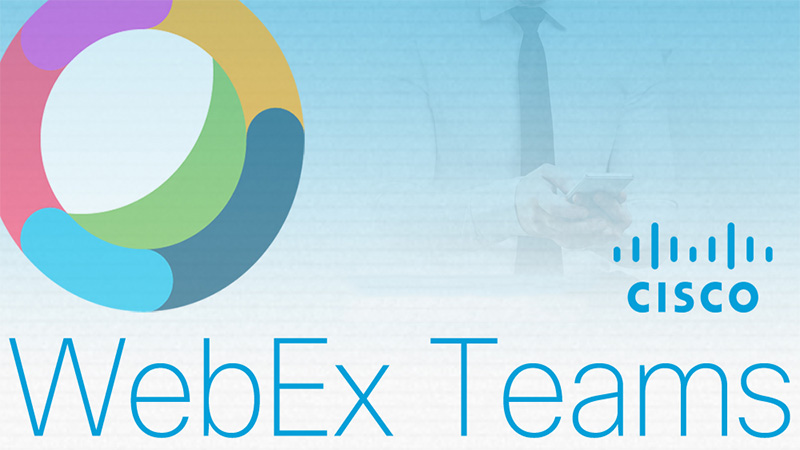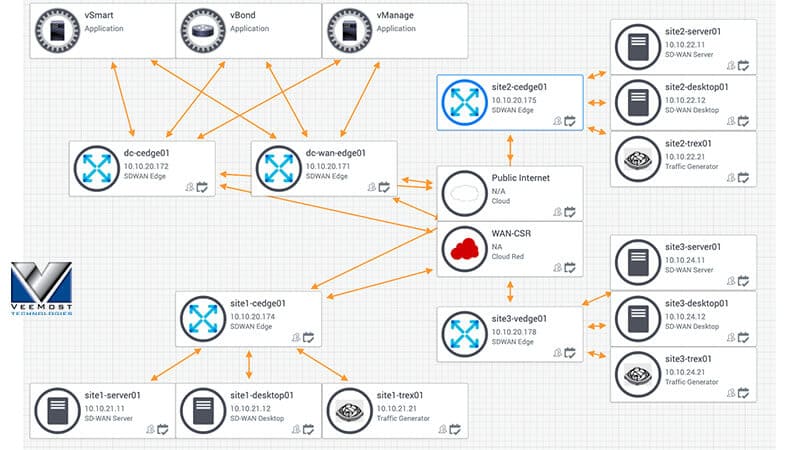Cisco has been quietly revolutionizing meeting rooms over the past decade. When I started at Cisco eight years ago, the meeting rooms were all equipped with projectors and screens. We would connect our laptops to the projector and share our presentations on the screen with others in the room. Several years ago, the projectors were replaced by Webex Devices, such as Cisco Webex Room 55 Dual. We now join and share content to Webex Devices from Webex Teams on our phones and laptops. It’s a dramatic improvement over projector technology. Even though the projector has continued to evolve with new laser-diode lighting systems that give improved brightness and contrast, the projector has not adapted to new collaborative work style. The combination of Cisco’s hardware, software, and services work together to make sharing content so much easier than with a projector. Now we are bringing this experience to your on-premises registered Webex Devices.
Looking back, it’s easy to understand the shortcomings that projectors have in the workplace and what led to their demise. Meetings often took several minutes to start and were inefficient. When someone wanted to share in a meeting, they’d start by turning on the projector and connecting the projector to their laptop. Next, they would need to remember the keyboard shortcut to share their screen and make adjustments to the screen resolution. Everyone in the room could see the presentation, but what if someone wanted to join remotely? The presenter would need to start a Webex meeting, get everyone into the meeting, and share his or her screen in Webex. If someone wanted to take oversharing, they had to connect cables and grab the Webex ball. There was never a smooth transition between people sharing content, so meetings often got derailed. As a result, the technology provided a barrier to those wanting to share content.
Webex Devices and Webex Teams have transformed how we share content in meetings. When I walk into a meeting room, Webex Teams automatically connects to the Webex Device using Intelligent Proximity. I can then click the ’Share Screen’ button in Webex Teams. No cables, no hassle. I can choose to share my whole screen or a single app so nothing gets shared accidentally. It’s just as easy to share content when there are remote participants. Everyone can join the meeting from a Webex Teams space and can view the video and shared content. If someone wants to take over the share, they simply click ’Share Screen,’ no cables, no ball passing.
To make the experience even better, we’ve been working hard to add new features, such as wi-fi discovery to aid discovery of nearby devices, and a PIN validation to double check that you are about to share to the intended Webex Device – not the device in the next building. For local meetings, you can now also share at high frame rates (up to 30 fps) with audio so video clips and animations play smoothly with loud, crisp audio played through the speakers on the Webex Device. We are also working on adding screen sharing without starting a call.
As we look to bring the best wireless content sharing experience from Webex Teams to Webex Devices, there is a lot to look forward to this year. It will soon be possible to share at high frame rates (up to 30 fps) with audio in meetings with remote participants, so you can share content with audio, video, and animations in the same way that you can with local meetings. If you share a whiteboard from Webex Teams in a remote meeting, everyone will be able to see those whiteboards even if they’ve joined from the Webex Meetings app or a third party calling device. With the latest release of Webex Teams, you can now share content in a local meeting with an on-premise device. We will add new features through 2019, such as calling using an on-premise Webex Device and much more.
Source: blogs.cisco.com Credit@ Andrew Henderson











